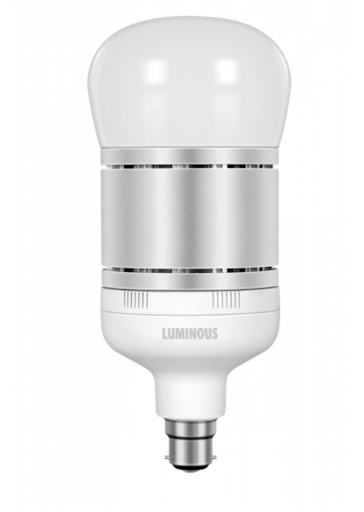Buying LED lights have become incredibly popular. This is mainly because of their cost-effectiveness and environmentally friendly nature. However, while the markets are swamped with a wide selection of LED bulbs available at different price points, it’s important to consider a bunch of other things aside from LED light prices while buying these lights for your home.
Let’s look at a few of these factors and understand how to compare LED light prices and buy the perfect bulbs for your home.
Look Out for the Lumens
When buying light bulbs, you’re used to checking for watts to determine how bright the bulb would be. The brightness of LEDs, on the other hand, is determined in a somewhat different way.
Contrary to popular opinion, wattage is not an indication of brightness but rather of how much energy the bulb consumes. There is a recognised association between the watts drawn and the brightness generated in incandescent, but watts aren’t a good prediction of how brilliant the bulb will be with LEDs. (After all, the purpose is that they use less energy.) The lumen (lm) is the true measurement of a light bulb’s brightness, and it is the number you should check when buying LEDs and comparing LED light prices.
Before you buy an LED light, look for the number of lumens just across from the brightness level on the bulb’s label. The wattage values listed on the package are essentially provided to provide an estimate. If you want to replace a 100-watt incandescent bulb, you’ll need to use an LED bulb that generates 1,600 lumens. Remember to look for the lumens of the bulb rather than the wattage, which indicates the brightness level of that light.
Choose the Right LED Colours
Incandescent bulbs usually emit a warm, yellowish light, whereas LEDs come in a variety of hues. The two most common LED colours are soft white (sometimes known as warm white) and bright white (also called daylight). Soft white and warm white bulbs create a yellow, candle-like glow comparable to incandescent, but bright white and daylight bulbs produce a whiter light close to what you find in offices and retail establishments. This is one of the key things that you should consider while comparing LED light prices.
Look Out for Dimmable LEDs
The first thing to do when purchasing LEDs for use with a dimmer switch is to ensure that the bulbs are, in fact, controllable with a dimmer. While non-dimmable LED bulbs with no on-board dimming technology are great if you want to save a buck or two on a bulb intended for a non-dimmable fixture, they’re the last thing you want if you like your lights dimmed down low. visit here
Think About Your Fixtures
Incandescent bulbs typically use only 10% of their entire energy to produce light, with the remaining 90% being wasted as heat. However, in LED bulbs, 95% of the total energy is utilised to produce light, with only 5% wasted as heat. Because these lights are particularly sensitive to heat, it is not suggested that they be kept in closed fixtures. As a result, LEDs are typically kept/fixed in open fixtures with improved heat dissipation. There are also certain lights that are specifically intended for closed fixtures.
Go for a Reliable Brand
One of the most important factors to keep in mind while buying LED bulbs and comparing LED light prices is the brand. The idea is to opt for a reputable brand that offers reliable products that work effectively and last longer.
One such brand that has become incredibly popular in the market for offering reliable, high-quality home electrical appliances, including LED lights, is Luminous. Luminous is one of the most trusted names in the home electricals segment, and the superior quality and efficient after-sales services offered by this brand have made it a preferred choice in the home electricals market.








